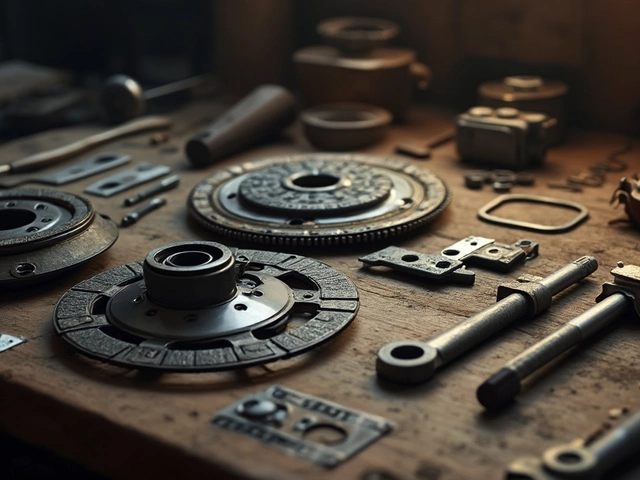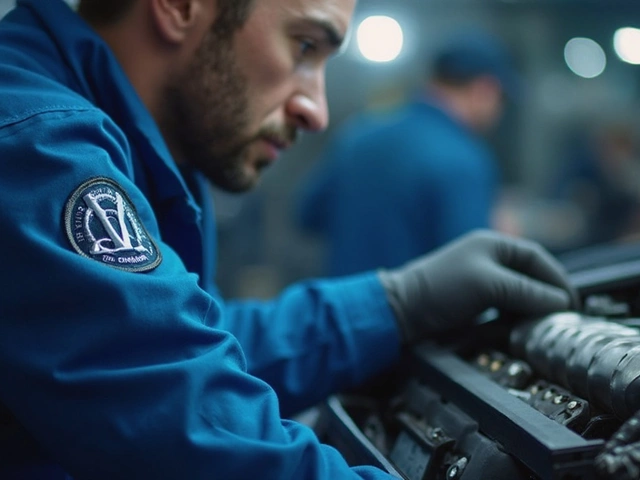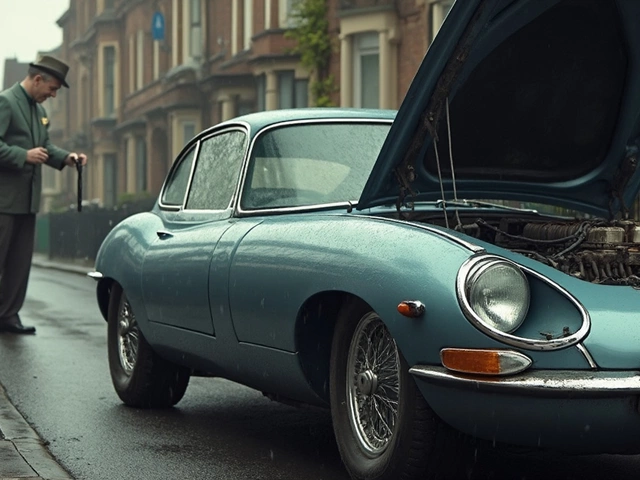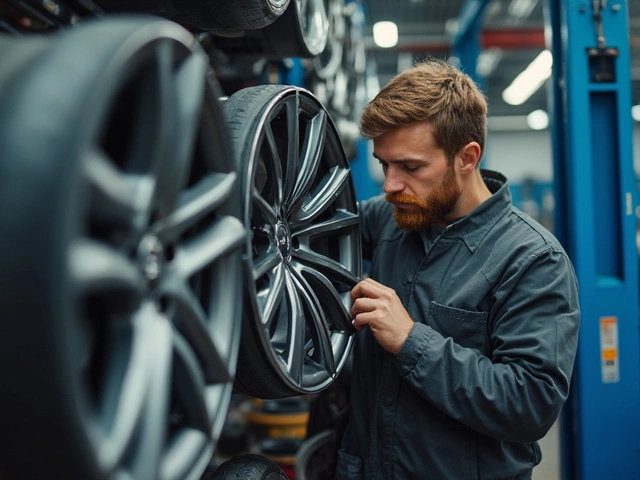Car Vocabulary UK – Must‑Know Terms for Every Driver
Ever heard a mechanic say “the boot is full of rubbish” or a friend mention a “boot sale” and wonder what they’re talking about? In the UK, cars have their own little language, and knowing it can save you time, money, and a lot of confusion. Below you’ll find the most common UK car terms explained in simple, everyday words.
Common UK Car Terms
Boot – The storage compartment at the rear of the car. In the US it’s called the trunk. You’ll hear, “Put the suitcases in the boot.”
Bonnet – The hood that covers the engine. When a garage says, “We need to pop the bonnet,” they mean they’ll open the engine cover.
Windshield / Windscreen – The front glass that protects you from wind. Brits say “windscreen,” Americans say “windshield.” Same thing, different word.
Number Plate – The registration plate on the front and back of the car. It’s what the police check if you’re speeding.
Gearbox – The box of gears that lets you change speed. In a manual you’ll shift gears, in an automatic the gearbox does it for you.
Clutch – The pedal you press to change gears in a manual car. Press the clutch, shift, then release.
Rear Wiper – The small wiper on the back window. Some cars have it, some don’t. Removing it can be illegal for MOT tests.
Headlamp – The lights at the front of the car. In the UK we also call them “headlights.” Turn them on when it’s dark.
Fog Lights – Extra lights low on the bumper that help in fog or heavy rain. Use them only when visibility is seriously reduced.
Tyre / Tire – The rubber rings that keep the car on the road. In the UK we write “tyre.” Keep them inflated and check the tread.
Alloy Wheels – Lightweight wheels made from a mix of metals. They look nicer than steel wheels but can be pricey.
Spare Wheel / Tyre – The backup tyre you keep in the boot. Not all cars have a full spare; some have a “donut” – a small temporary tyre.
How to Use These Terms on the Road
When you talk to a garage, drop the right word and you’ll be taken seriously. Say, “My boot’s filling up, can you check the tyre pressure?” instead of mixing US and UK terms. It shows you know the basics and helps the tech give the right advice.
If you’re buying a used car, ask the seller about the “condition of the clutch” and “how many miles are on the gearbox.” Those two parts cost a lot to replace, so getting a clear answer can save you a fortune.
During an MOT, the inspector will check the “headlamp alignment,” “fog light operation,” and “rear wiper condition.” Knowing these names means you won’t be surprised when they write a note about a “faulty rear windscreen wiper.”
Remember, the UK road rules also use this vocabulary. The Highway Code mentions “bonnet,” “boot,” and “number plate.” When you read it, you’ll understand the instructions faster.
Finally, keep a small cheat‑sheet in your glove box. Write down the top ten terms and their meanings. When a new term pops up, you’ll know whether it’s a simple fix or something that needs a pro.
Knowing UK car vocabulary isn’t just for gearheads. It helps any driver stay safe, avoid miscommunication, and keep the car in good shape. Use these terms, ask questions in the right language, and you’ll feel more confident every time you hit the road.
 24 November 2024
24 November 2024
British Terms for Car Components: Understanding Windscreen Wipers
Ever wondered what the British call those essential components of your car? This article takes you on a journey through the terminology used in the UK for car parts, focusing on windscreen wipers. Discover the origins and regional differences in names, and learn why these variations exist. Dive into practical tips on maintaining these indispensable tools to ensure clear visibility on your drives. Whether you're a car enthusiast or simply curious, this guide provides enlightening insights into British automotive lingo.






0